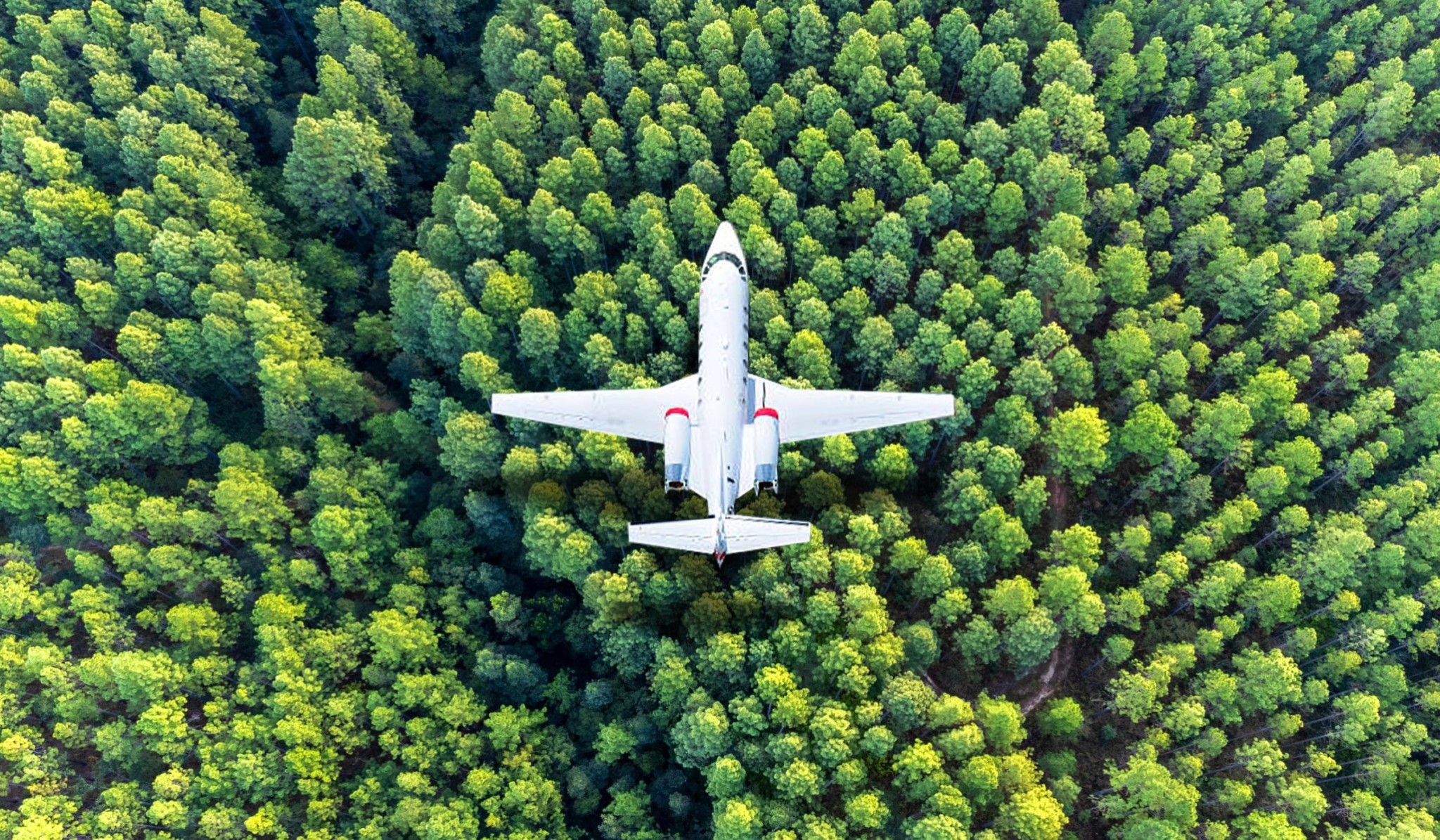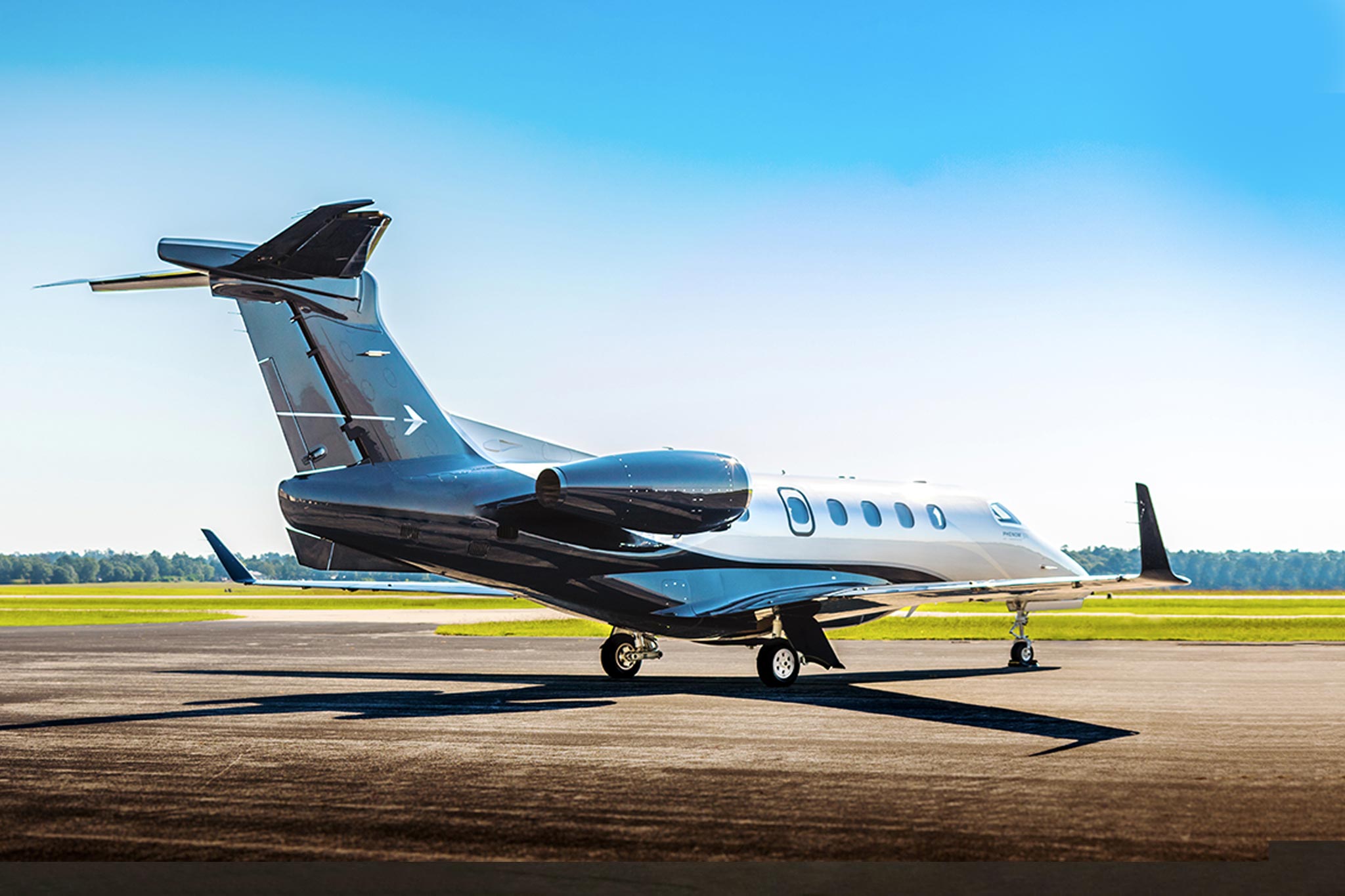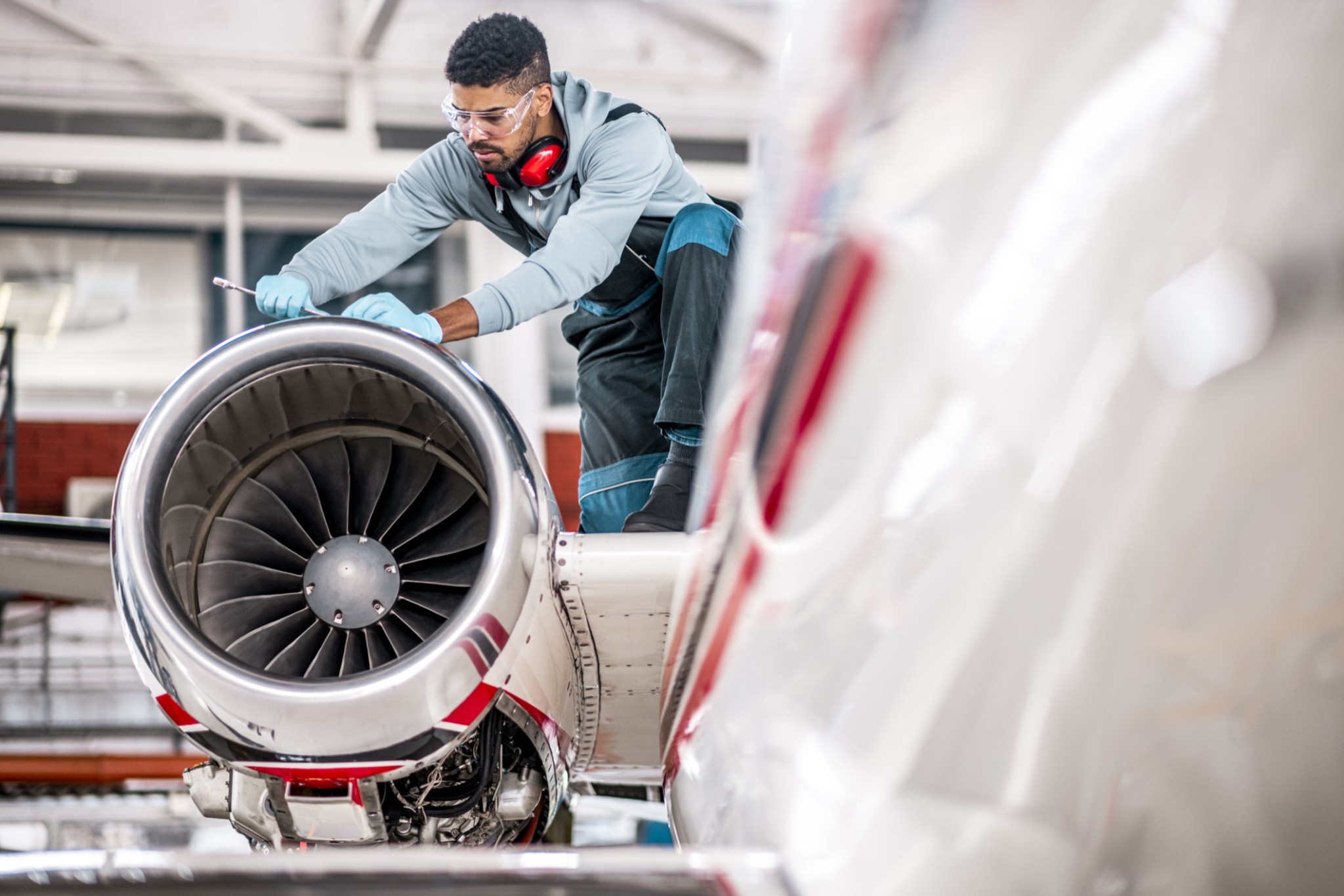
Turbine Pilot: Jet set? Transitioning to single-pilot turbine operations
Date
January 2, 2009 The age of the very light jet is upon us. Many manufacturers are promising exciting, new, technologically advanced single-pilot jets to be delivered over the next few years. From the first days of start-up Eclipse Aviation taking orders for its then $837,500 VLJ, many questions have surrounded the realities of owning and operating a VLJ. Chief among them has been the question of whether general aviation, nonprofessional pilots could safely and competently handle the transition.
The age of the very light jet is upon us. Many manufacturers are promising exciting, new, technologically advanced single-pilot jets to be delivered over the next few years. From the first days of start-up Eclipse Aviation taking orders for its then $837,500 VLJ, many questions have surrounded the realities of owning and operating a VLJ. Chief among them has been the question of whether general aviation, nonprofessional pilots could safely and competently handle the transition.
By the end of 2008, Eclipse Aviation had produced more than 250 jets and Cessna expected to have 150 Citation Mustangs VLJs flying. Seeing these new jets at airports around the world is exciting, and proves that a smaller, less expensive jet built for owner-pilots can be—and, in fact, is—a reality.
These new jets have provided us with real information, data, and testimonials to begin to answer the question, “What does it take for an average propeller pilot to successfully transition to flying a jet?”
In the past year, I have helped more than 25 pilots transition to jets. In my role as chief executive officer and part-time instructor pilot at jetAVIVA, I have helped develop a Experience Light Jets curriculum and worked one on one with pilots transitioning from Cirrus SR22s, Columbia 400s, Piper Senecas, Cessna 414s, and Piper Meridians to jets such as the Eclipse 500 and the Citation Mustang. Folks, it’s no cakewalk, but if you put your mind to it, you too can become a jet pilot.
The question I get asked the most is, “What are the biggest challenges pilots face when transitioning to very light jets?” These are the areas most pilots often find challenging when making the transition:
Automation. The most common problem experienced by owner pilots transitioning to the Citation Mustang is lack of comfort and familiarity with the Garmin 1000 integrated avionics system. This particular issue, however, is not isolated to owner pilots. During the 10-day type-rating course, a pilot must not only master the G1000 but also learn to fly the Mustang! Even highly experienced airline pilots transitioning to the Mustang have experienced difficulty completing this task. This is an acute example of a challenge for many new VLJ pilots—they are not just transitioning to the rigors of flying a jet, they are trying to simultaneously adjust to the world of flying a glass-cockpit airplane.
Our suggestion is to not do both at the same time. If you are planning a move into a G1000 VLJ (most manufacturers are delivering or planning to deliver with the G1000), you need a solid foundation of flying IFR with that system before you add the rigors of jet flying to the mix. Much more than just a checkout in any G1000 airplane, you need organized, professional, and thorough exposure to feel totally comfortable with instrument approaches, last-minute reroutings and holds, and simulated systems failures.
Related to the challenge of the glass cockpit/G1000 transition is the fact that, in single-pilot jet operations, the autopilot and flight management system (FMS) are not just convenient and helpful ways to ease pilot workload, they are critical and required for safe operation. Many GA pilots fly with a Garmin GNS 530/430, but have learned only enough about it to satisfy the most basic of their needs. To prepare for jet flying, pilots should be familiar with the most complex features and the fullest use of these cockpit systems.
Procedures, flow patterns, and checklists. This area of adjustment boils down to becoming a more disciplined pilot. Airline and professional pilots have always been required to follow strict procedures; adhere to the use of checklists through all phases of flight; and execute deliberate, memorized patterns as they move their eyes and hands around the cockpit. The good news is that none of this is difficult to do. The bad news is that, for many, it requires breaking old habits, and we all know how hard that can be.
Let’s start with checklist use. When flying a jet, it’s imperative that the checklist be used during all phases of flight. When a pilot does not regularly practice proper normal checklist management, pulling the checklist can create additional workload at the most inopportune times, like when intercepting a glideslope, lowering landing gear and flaps, starting a timer, and contacting the tower. However, pilots who have exercised the discipline of consistent checklist use are undaunted by the constant need to divert attention to the checklist and benefit from safer flights as a result.
A second checklist-related challenge for many new jet pilots is the integration of the quick reference handbook (QRH) into abnormal and emergency procedures. The QRH is a book of checklists easily accessible to the pilot, containing information and procedures for nearly everything that could go wrong (and will during training). Proper use of the QRH does not simply mean knowing where to find it and what page to turn to. We cannot forget to always fly the airplane first, navigating away from high terrain and other traffic, and then assessing the situation before grabbing the QRH.
Pilots can really help themselves prepare for this transition in two ways. First, they should practice emergency procedures in the airplane they currently fly with a focus on responding to each anomaly in a calm, collected, and unrushed manner. Practice pulling out, finding, and using the written checklist for each simulated emergency or abnormal situation. Second, pilots should start becoming familiar with the QRH for their type of jet well before they ship off to training.
If the QRH is already a familiar friend, it is much easier to learn how to comfortably integrate its use while flying a small jet. Almost all QRHs include some procedures that require the pilot to perform a series of steps by memory, without reference to the QRH. These items should be memorized prior to your first day of type rating training.
Flow patterns (or cockpit flows) should be thought of as tactile do-lists. This is a deliberate and consistent movement from one cockpit item to the next in a pattern so as to ensure that each item is attended to, properly and efficiently. Flow patterns only make flying easier once they are learned, but discipline and practice are essential in making good use of them. Chair flying your flow patterns until you know them cold will greatly ease your training and operation of a VLJ.
Instrument proficiency. There are two instrument flying challenges conspiring against pilots when it comes time to train and test for the type rating in a jet. First, most pilots have become accustomed to heavy use of the auto-pilot, especially at times of high workload. This is, of course, a sound and appropriate practice, but to earn a jet type rating pilots must demonstrate the ability to hand-fly maneuvers and approaches, and to do so with equipment that has partially failed or while handling a simulated emergency.
The second challenge is that the type-rating checkride will be conducted to the highest pilot skill standards the FAA has set, the airline transport pilot (ATP) practical test standards. It doesn’t matter if you hold a private pilot certificate or if you’re an ATP, your checkride will be to ATP PTS standards. So, the new jet pilot is faced with the challenge of turning off the beloved autopilot and polishing some little-used instrument skills, all the while learning a new, fast, complex airplane and flying to a higher standard than he or she has ever had to meet. Get serious about your instrument skills as you prepare for the transition to a jet. Wean yourself off the autopilot and start hand-flying your airplane to ATP standards before you start the jet training process and you will greatly increase your chances of an enjoyable experience and a successful outcome.
All of this can seem formidable to pilots considering the step up to a VLJ. It shouldn’t be. As you break down each of these challenge areas, all are relatively simple steps. Most important to the success of a transition to jet flying is dedication to preparation. Years of flying, perhaps in progressively larger and faster equipment, has not automatically prepared you for jet flying as a natural next step. That expectation leads to disappointment and frustration when training and being evaluated for a jet type rating.
Do an honest assessment of your proficiency and comfort with checklist-based operations, procedures-focused flying, the Garmin G1000 (or other applicable flight system) operation, and instrument proficiency. Knowing that you must perform at the highest level, put the necessary time and work into fully preparing for what may be the greatest thrill and accomplishment of your aviation journey—flying a personal jet.
Ben Marcus is cofounder and chief executive officer of jetAVIVA. He is a former flight test engineer for Eclipse Aviation and has logged more than 3,000 hours in 16 years of flying.



